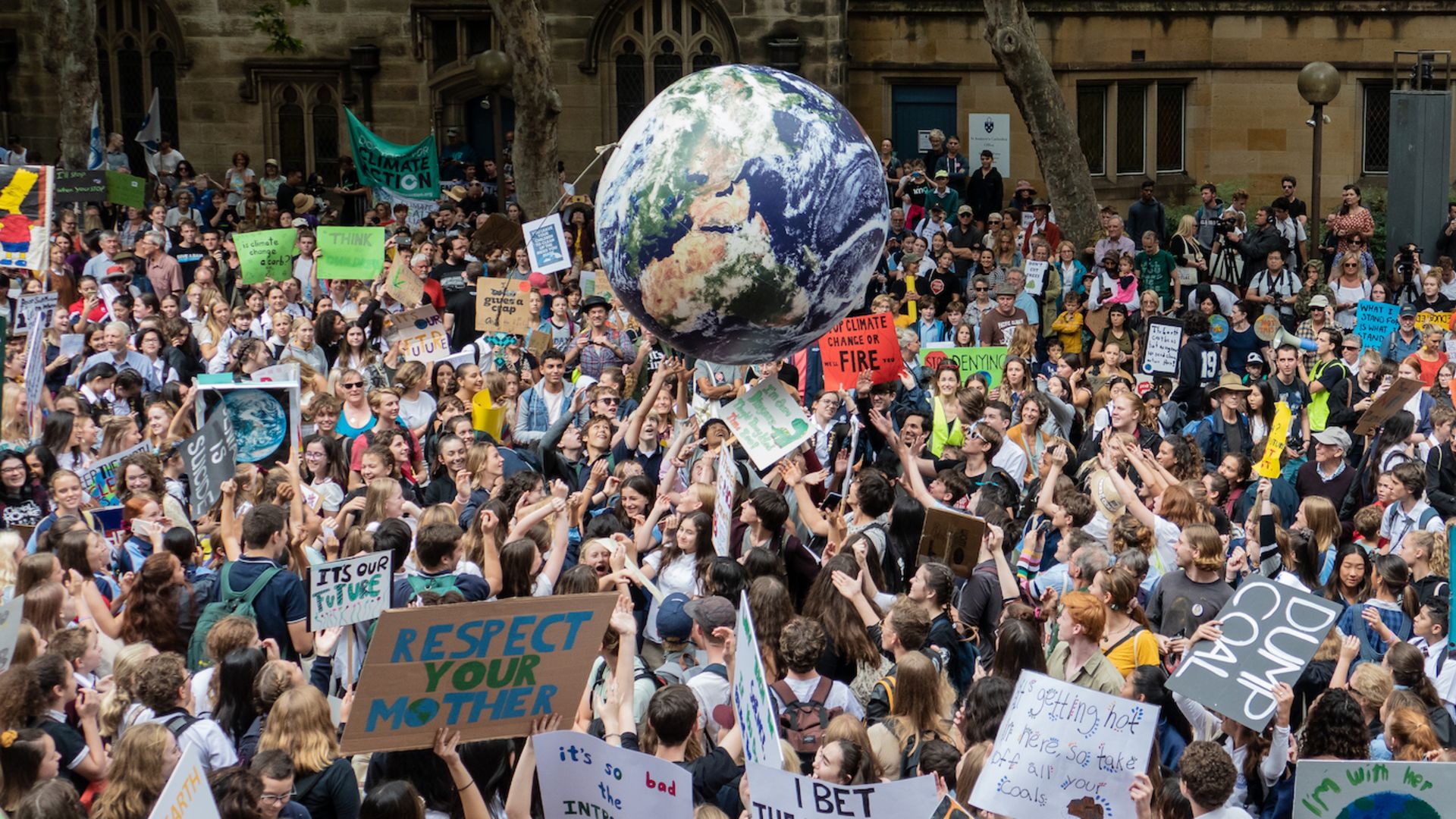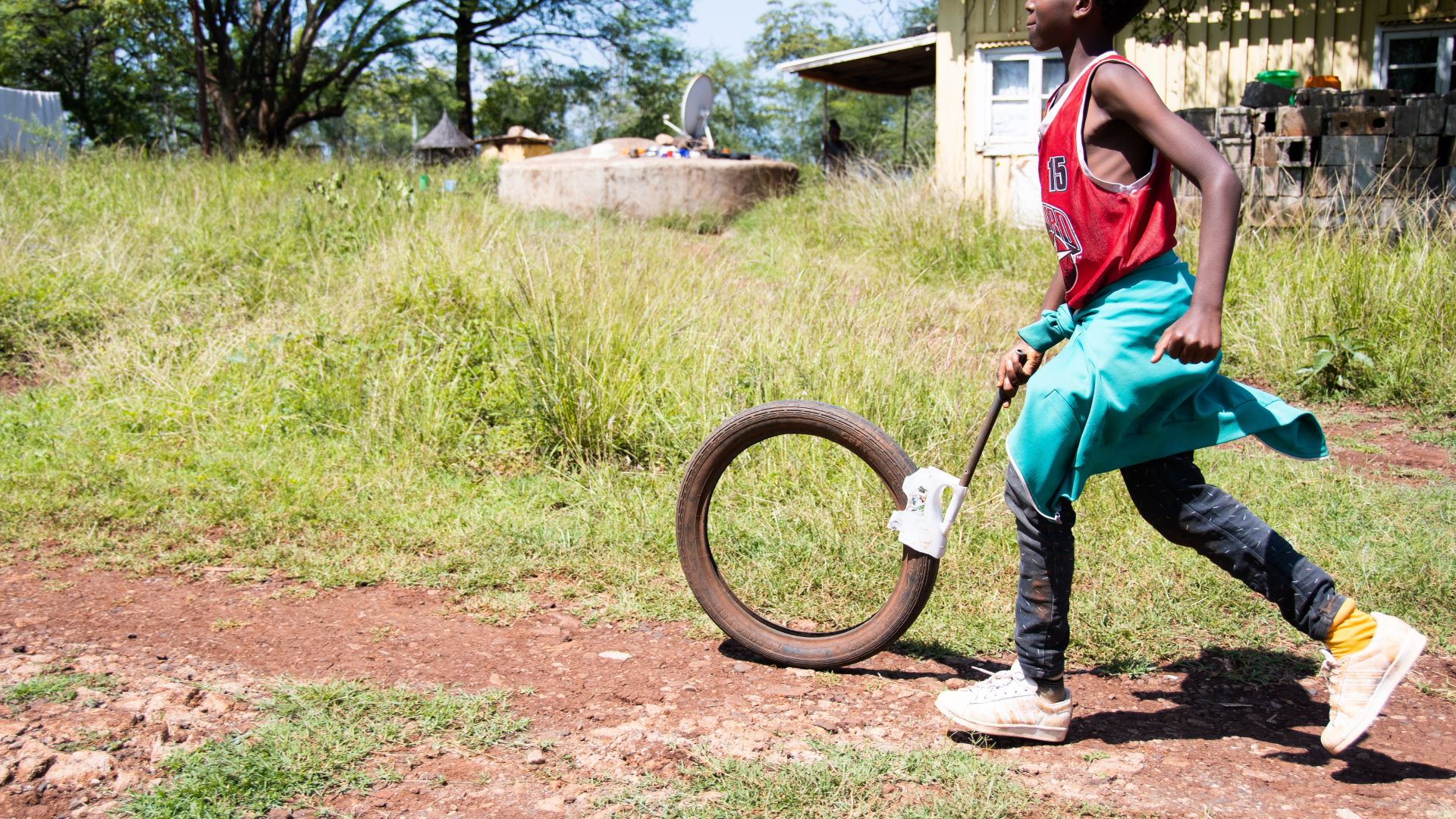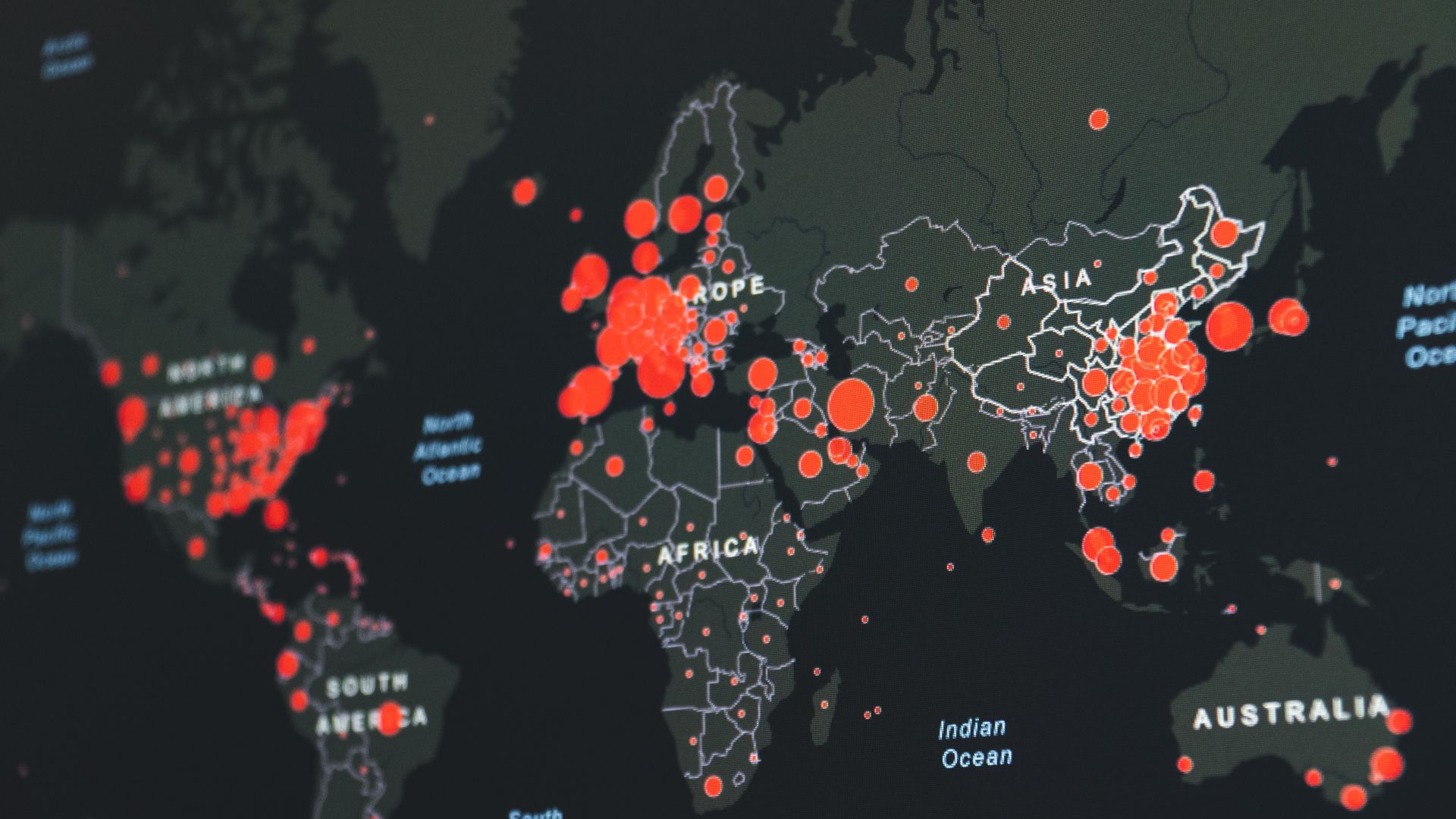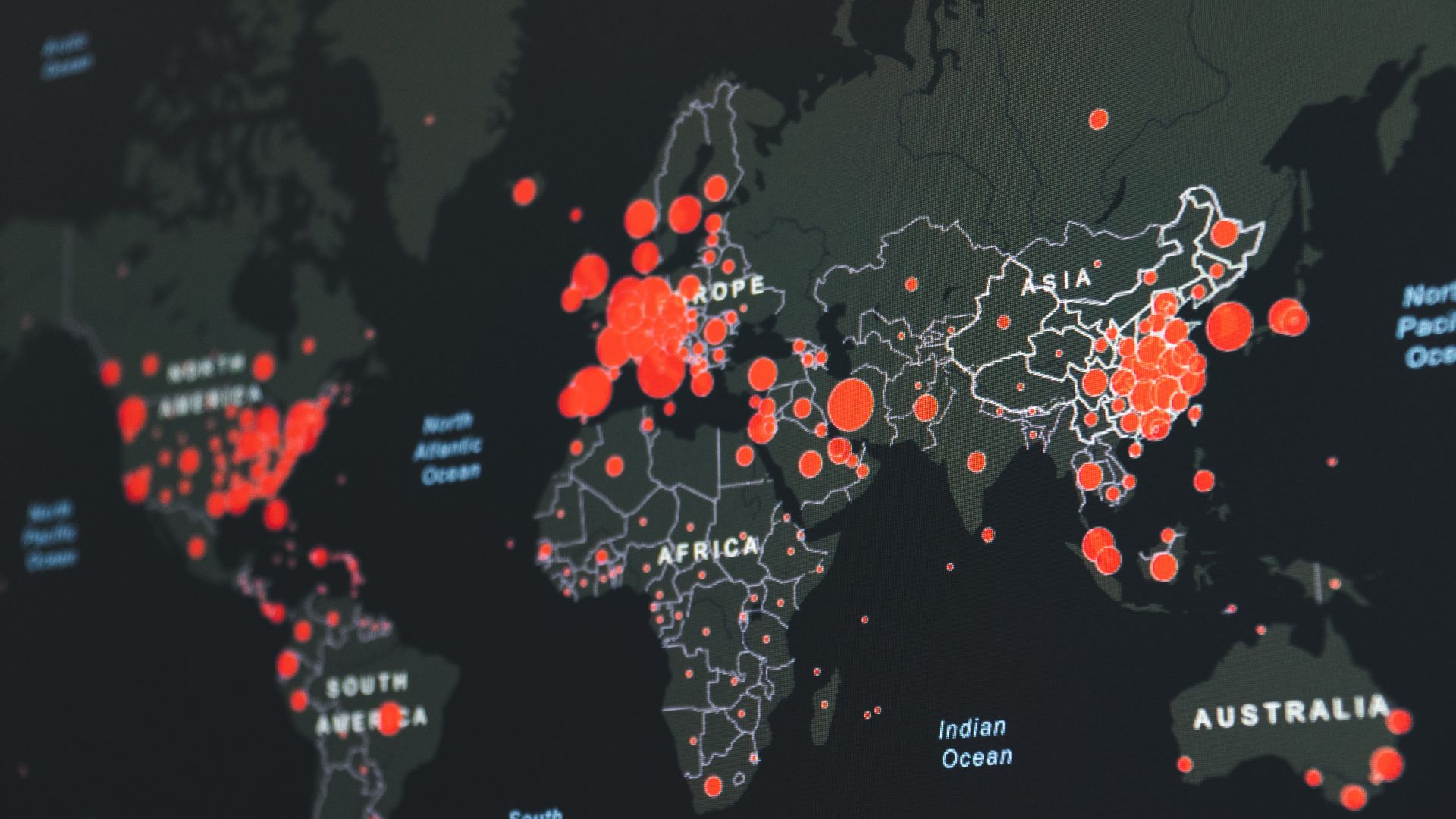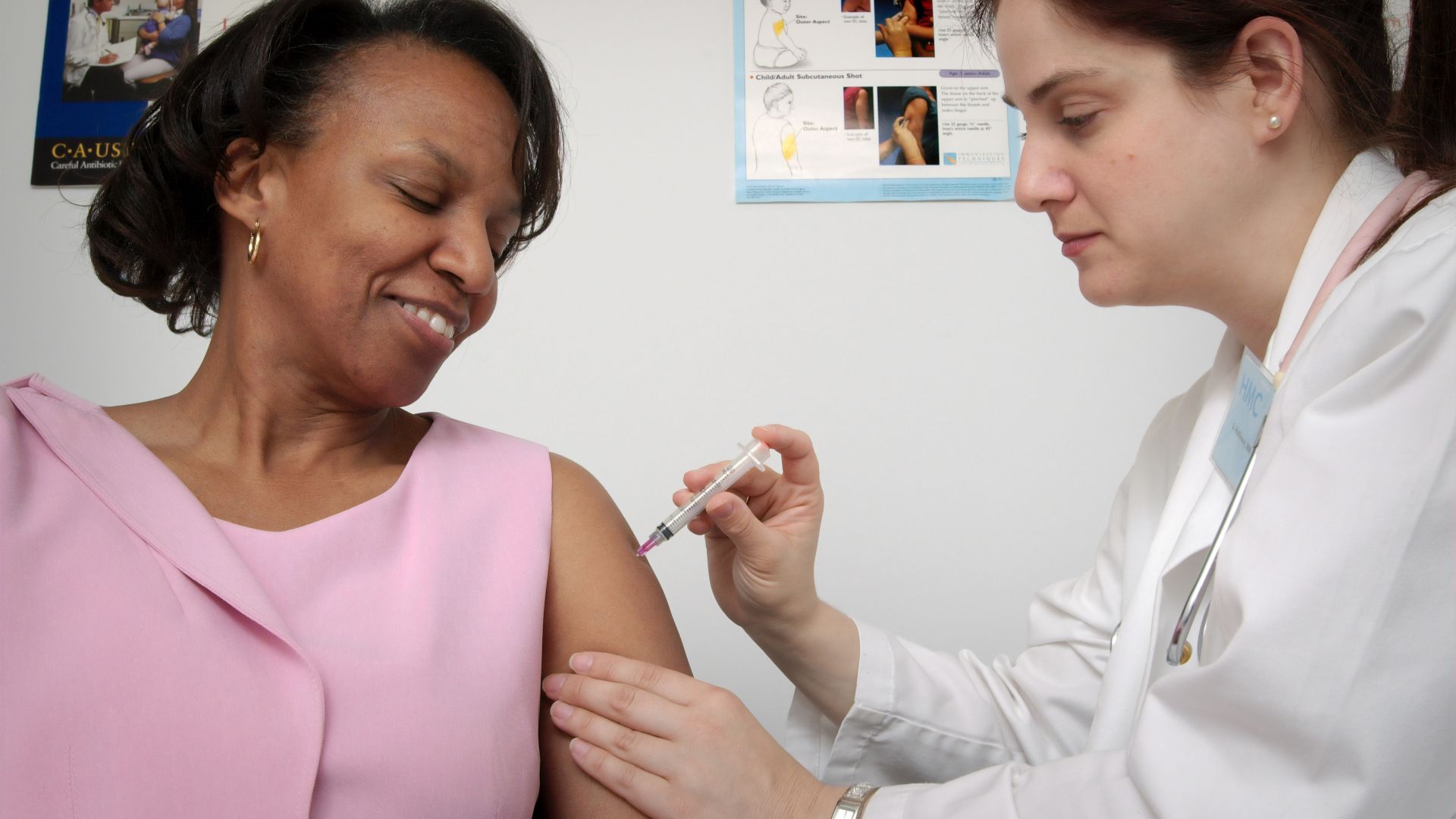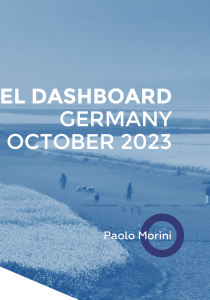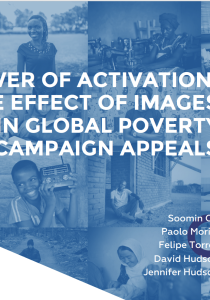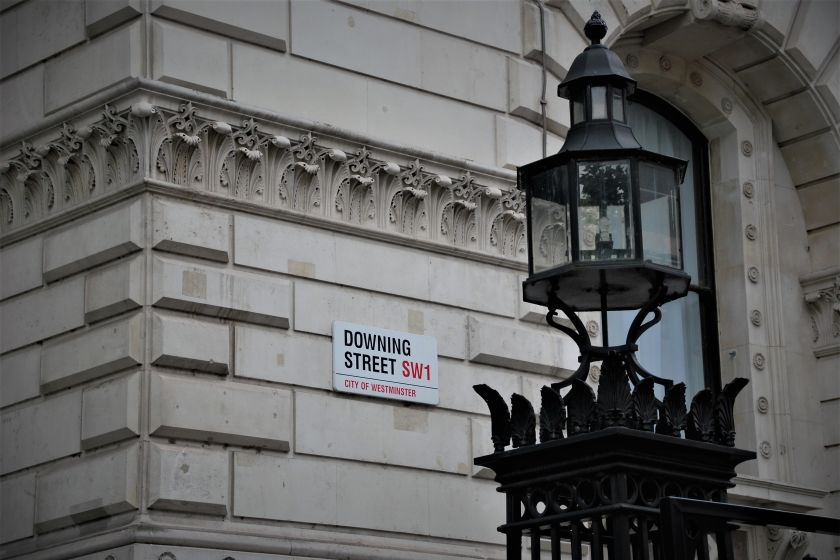
It has been almost a year since the UK government cut £4.5 billion from the aid budget in May 2021.The watering down of 0.7% commitment has already had wide-ranging implications within the aid sector.
Earlier this month Sarah Champion MP was forced to leak the FCDO’s own risk assessment which has revealed the significant and detrimental impact of these cuts on those left furthest behind, including women, girls and people with disabilities. And just this week the National Audit Office has found the rushed aid cuts policy “lacked transparency and consultation”, leading to disproportionate cuts to programmes in bilateral programs in vulnerable countries including Syria and Myanmar. The impact of these cuts were predictable when they were announced, and recent news has confirmed their detrimental impact. However, a more surprising result has been the remarkable spike in UK public support for foreign aid since the imposition of these cuts.
DEL has long tracked support for overseas aid spending in France, Germany, Great Britain and in the U.S., and as the figure below shows, support for keeping the aid budget at current levels or increasing it, enjoys more than 2/3 support in France and Germany. Most recent data from the U.S. shows 56% of Americans support current/increasing foreign aid spending.
Boost in UK support for foreign aid
But a curious thing happened in Great Britain right at the time of the UK Government’s cut. Support for aid had been relatively stable between 44-46%, but in a survey immediately following the cuts, support rose to 53%, up 9% point since the cut in 2021, and holding steady at 53% in surveys conducted in both September 2021 and January 2022.
This level of sustained support for foreign aid is striking. One hypothesis was that the spike in support was an initial response to the cuts and levels of support would return to the historic average of 45% overtime. But this has not happened and the persistence of the new majority support suggests that much of what UK aid provides – support for the world’s poorest, access to health, education and clean water, and promoting equality for women and girls globally – is valued by the British public.
But where does support come from and is the new majority the result of a genuine increase or survey artefacts (i.e. more ‘Don’t knows’). Taking advantage of DEL’s annual panel survey, we looked at where (individual level) change happened. As shown in Figure 2, from 2019-2020, the proportion who wanted to increase aid remained the same at 19%. But from 2020-21, there were observable shifts in the proportion who say they want to increase aid spending from 19 to 31% - a net increase of 20%. And correspondingly, the proportion who wanted to decreased aid was smaller (11%).
Conservative voters behind spike in support for aid
But who are the folks who changed their views? Figure 3 shows the demographic characteristics of respondents whose support for aid increased in 2020-21 and some surprising results. The blue figures, in bold, show the percentage of people in each category whose support for aid increased, as compared with the whole sample (light blue). For example, 7% of people who became more supportive are aged 18-29, as opposed to 14% of the whole sample. Our most interesting result is that the increase of support happened more among Conservatives than Labour supporters, as the former are overrepresented (and the latter underrepresented) in our group whose support increased.
In other words, the shift came precisely from a segment of the population previous DEL research had shown to be largely in favour of the cuts. As shown in Figure 4 below, there was clear evidence of support for the aid by Conservative voters. Regardless of how the question was framed – cuts in general, in light of the pandemic and climate change, or that it broke a Conservative Manifesto promise – Conservative supporters were significantly more likely to support aid cuts
0.7% commitment must be restored
As we approach one year on from the imposition of cuts to the aid UK aid budget, important questions on the quality, impact, and need for UK aid show no sign of receding. Indeed, the Russian invasion of Ukraine, the persistence of the Covid pandemic and its consequences for global health, and rising inequality – exacerbated by global inflation and rising cost of living – mean the debate over the return to the 0.7% GNI commitment is more important than ever. DEL will continue to monitor how public support with its new Tracker data in June 2022.





